When planning a trip to the United States, many travelers wonder how it stacks up against Europe in terms of size and experience. Is the US actually bigger than Europe? And what does that mean for your travel plans?
In this article, we’ll explore the facts behind the size comparison, uncover how geography shapes the travel experience, and help you better understand what makes the US such a unique destination.
Also, consider getting an iRoamly USA travel eSIM for your trip—it offers a variety of fast and reliable data packages to keep you connected no matter where you go.
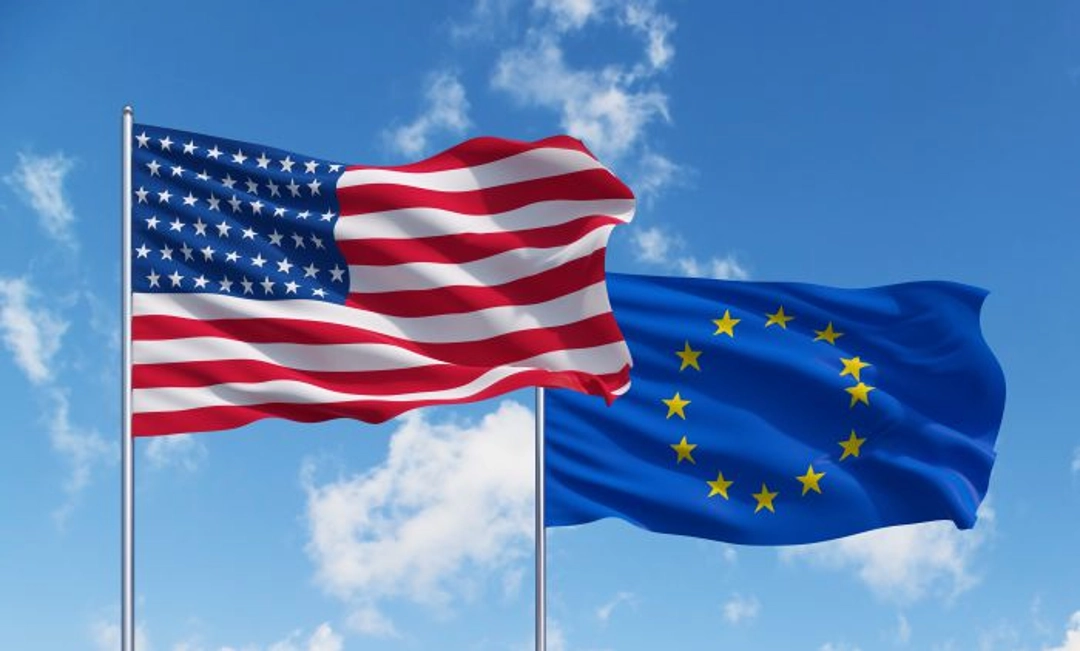
Is the US Bigger Than Europe?
No, the United States does not have a larger total landmass than Europe. Although the U.S. is a huge country and is frequently thought of as one of the largest countries in the world, Europe as a continent is still larger in total land area.
To break it down:
The entire United States covers about 9.8 million square kilometers.
Europe, meanwhile, covers about 10.2 million square kilometers.
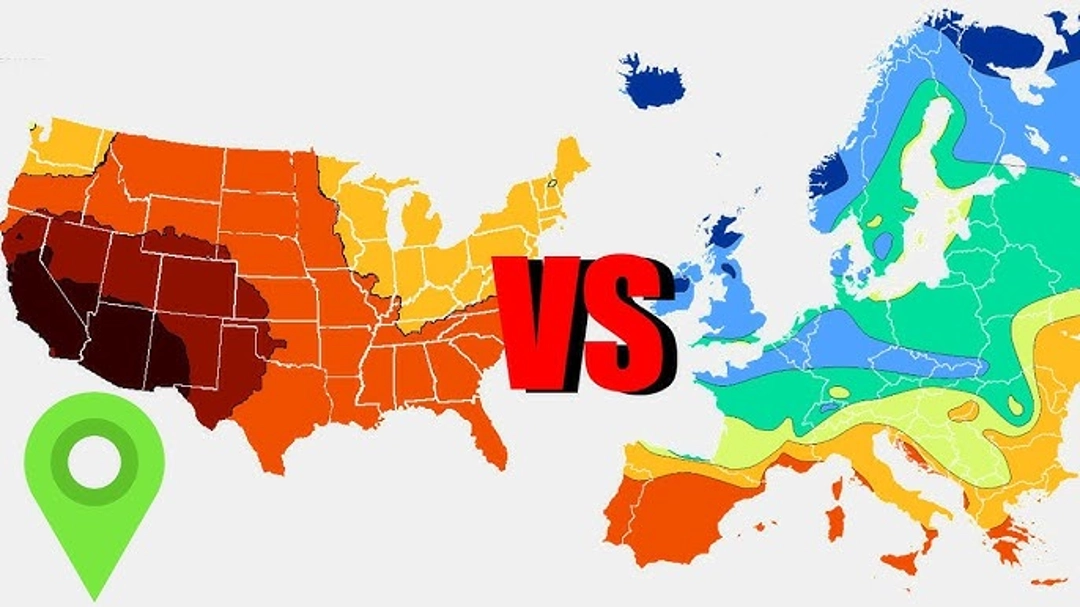
According to the stats, then, Europe is a bit bigger (physically) than the U.S.
However, this is a bit of an apples-to-oranges comparison. Europe is a continent that contains over 40 countries. The U.S. is one nation.
That said, the US can often seem huge. Because of its size (including having to cross a continent to another coast or wild states, such as Alaska and Florida), distance, and the amount of time it takes to get around it, it sometimes feels like it could cover more ground than Europe.
Another reason people make this assumption is that due to most map projections, and specifically the Mercator projection, North America often looks bigger than it is at the expense of other regions.
Factor in U.S. media’s cultural imperialism and global reach, and it’s not hard to see why so many people think the United States is much larger than Europe.
Digging Deeper: Comparing the US and Europe
While the surface-level size comparison gives Europe a slight edge, the differences between the U.S. and Europe go far beyond square kilometers. Let’s take a closer look at how these two giants compare in geography, population, travel experience, and culture.
Geographic Differences
The United States is one single (except for Alaska and Hawaii), giant country that spans many different climate zones and terrains, from the barren desert of Arizona to the frigid tundra of Alaska, the Rocky Mountains of Colorado, and the warm beaches of Florida. It has a lot of variety.
Europe, however, is a region that is made up of countries, and each country has unique geography. In a short distance, you can travel from the fjords of Norway to vineyards in France or beaches in Italy and Greece.
Europe also is geographically diverse, but because everything is so close together, it’s easy to travel.
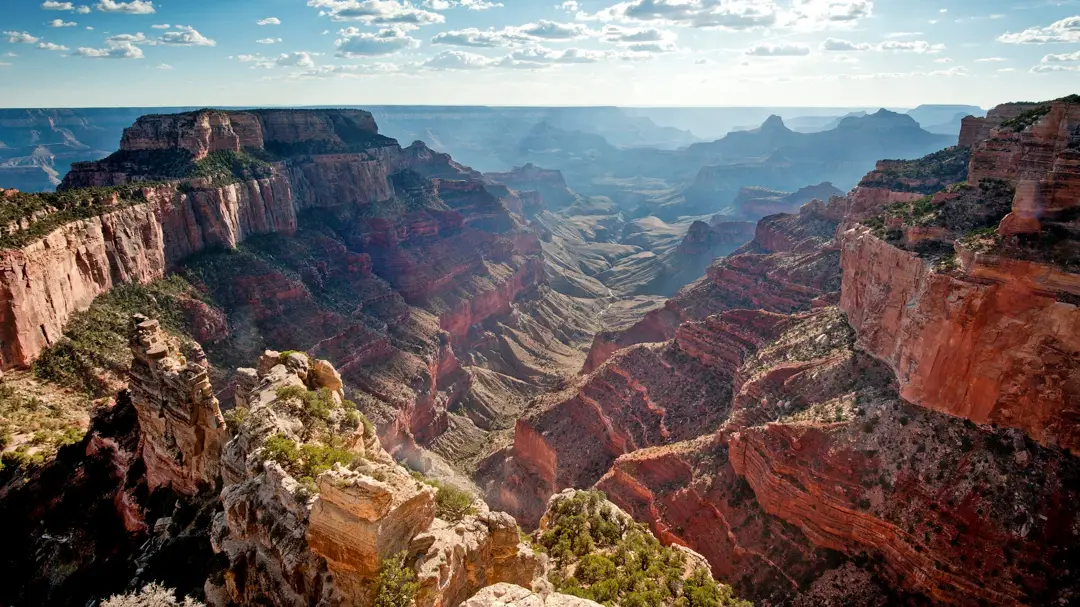
Population and Density
Europe is home to over 740 million people — more than double the approximately 330 million in the US — spread over numerous countries with different densities. The Netherlands is one of Europe’s most densely packed nations; Iceland is one of the most sparsely populated.
The US, however, does have a few densely packed urban centers — such as New York City or Los Angeles — but much of the Midwest and the West is open land.
So while the U.S. may seem vast and open, Europe often feels busier and more populated overall.
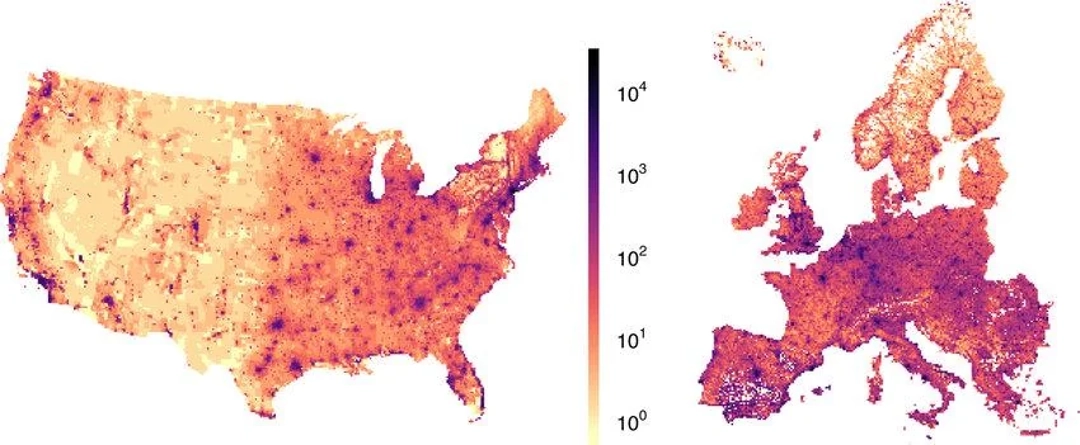
Cultural and Political Boundaries
The total number of US states is 50, and the United States is a federal country where all states are unified under one federal government.
Although each state has its own laws and culture, the US shares a common national culture, language (mainly English), and political system.
Europe is a mishmash of languages, politics, and history. When you cross a border here, you’re often stepping into a whole new world from a linguistic and cultural perspective.
You could have a croissant in the morning in France and tapas for dinner in Spain all in one day — within hours of each other.
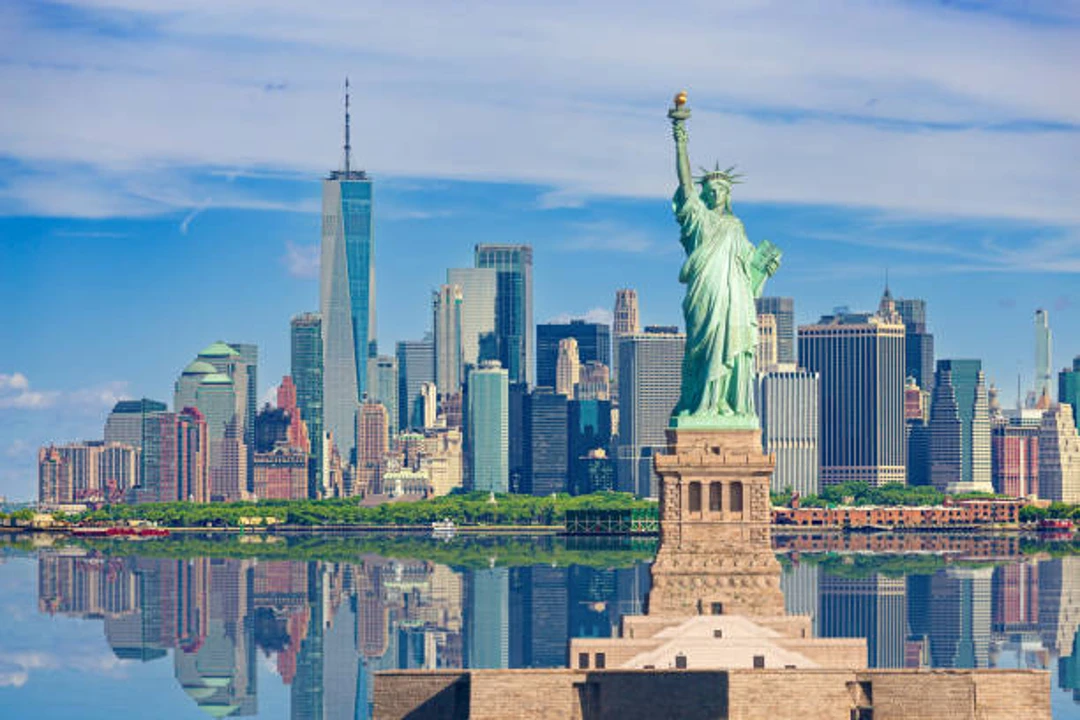
Travel Time & Perception
One of the biggest differences travelers find is just how long it can take to travel across the United States. For example, it would take over 40 hours to drive from New York to Los Angeles.
That same three weeks could get you through a handful of countries in Europe (where distances are a lot shorter, and they have trains and budget airlines).
That contrast really affects how people perceive distances here. Long-distance travel in the United States often makes the country seem like a continent, for that’s what it is.
While in Europe, you can be in another country in just a few hours by train or plane.
Why This Matters for Travelers to the US
Understanding the scale and geography of the US is key to planning a great trip. Unlike Europe, where you can hop between countries in a few hours, traveling across the US often means long drives or domestic flights.
Cities and attractions are far apart—New York to Los Angeles, for example, is over 4,000 kilometers (2,500 miles)!
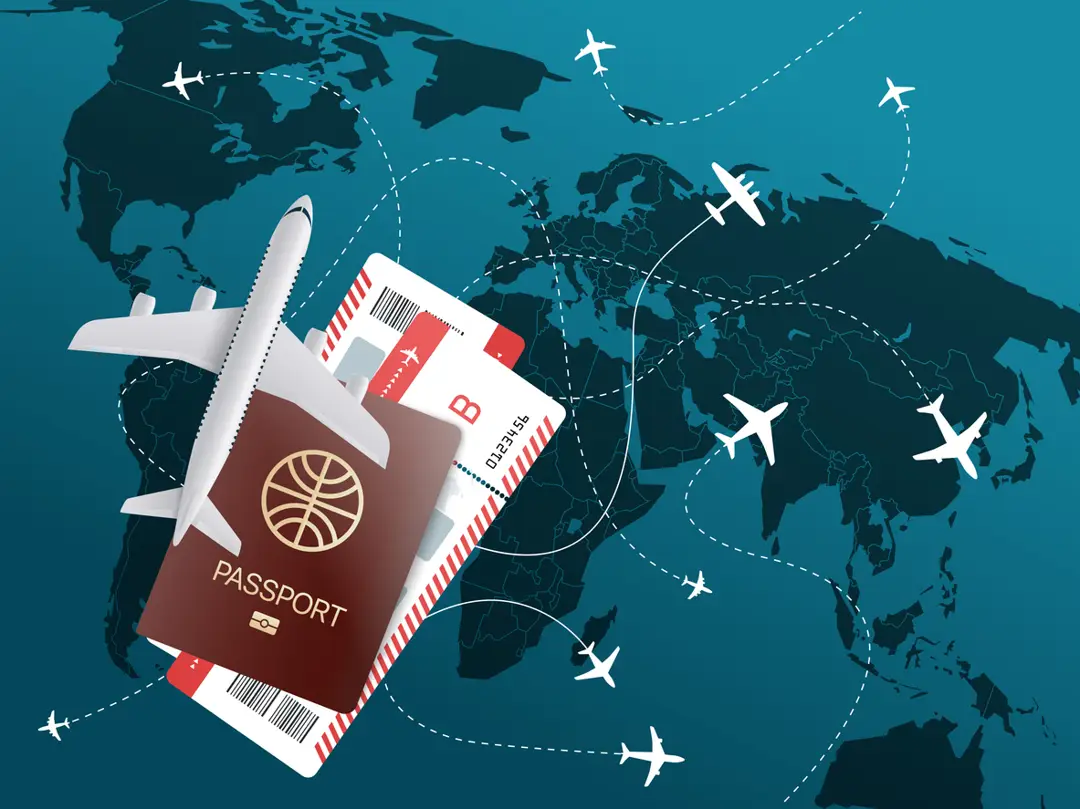
This vastness also means you need to be more strategic with your itinerary. Are you dreaming of national parks out west, city life in the Northeast, or beaches down south? Picking a region and focusing your trip there can help you avoid burnout and make the most of your time.
Plus, the wide-open spaces and geographic diversity are part of what makes traveling in the US so special. From iconic road trips to outdoor adventures, you’ll experience a sense of scale and freedom that’s hard to find elsewhere.
Just be ready to trade quick train hops for longer journeys—and plenty of memorable stops along the way.
FAQ
1. How does traveling within Europe compare to traveling in the US?
When you travel in Europe, you constantly pass between and through different nations and languages — and, in some cases, different currencies. In the US, you don’t have to go through a border crossing to drive to another state. You can do everything using the same language and currency.
2. Which is better for a road trip: the US or Europe?
That depends on the type of travel you enjoy! If you like long drives and lots of open spaces, the US is best. If you want to experience a wide range of cultures and don’t wish to travel great distances between destinations, Europe is the way to go!
3. Is Australia bigger than the USA?
Comparing Australia and USA, the United States is larger when it comes to total land area. The USA spans approximately 9.8 million square kilometers, whereas Australia covers about 7.7 million square kilometers. Therefore, the USA is bigger than Australia in size.
Conclusion
While Europe may technically be larger in land area (especially with Russia included), the United States holds its own with vast landscapes, diverse regions, and a sense of scale that feels almost continental.
Whether you’re planning a road trip through national parks or exploring iconic cities coast to coast, understanding the size and layout of the US helps you plan smarter—and experience more.
Wherever you go, one thing’s for sure: adventure comes in all sizes.
